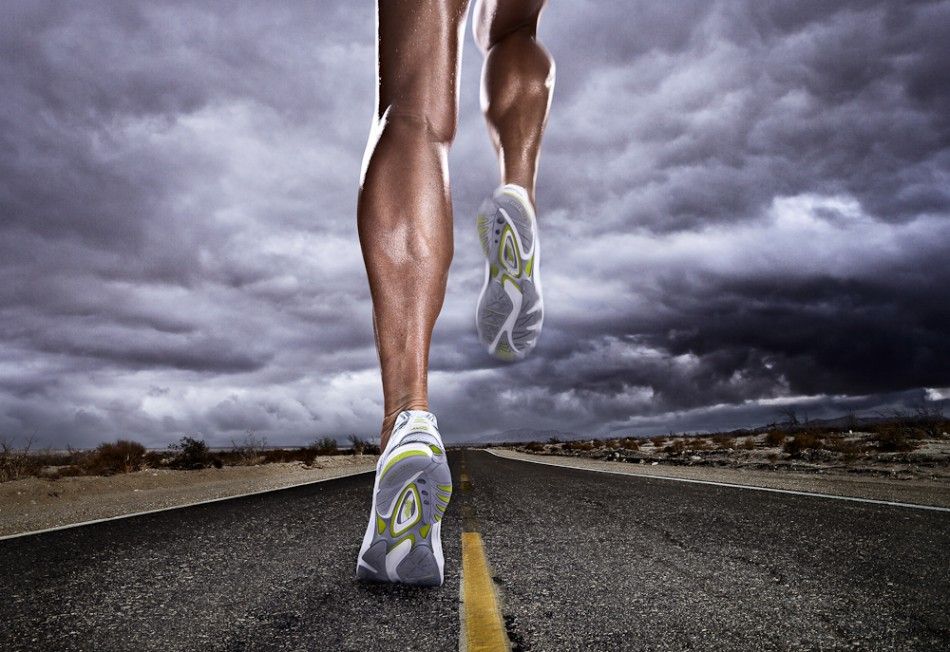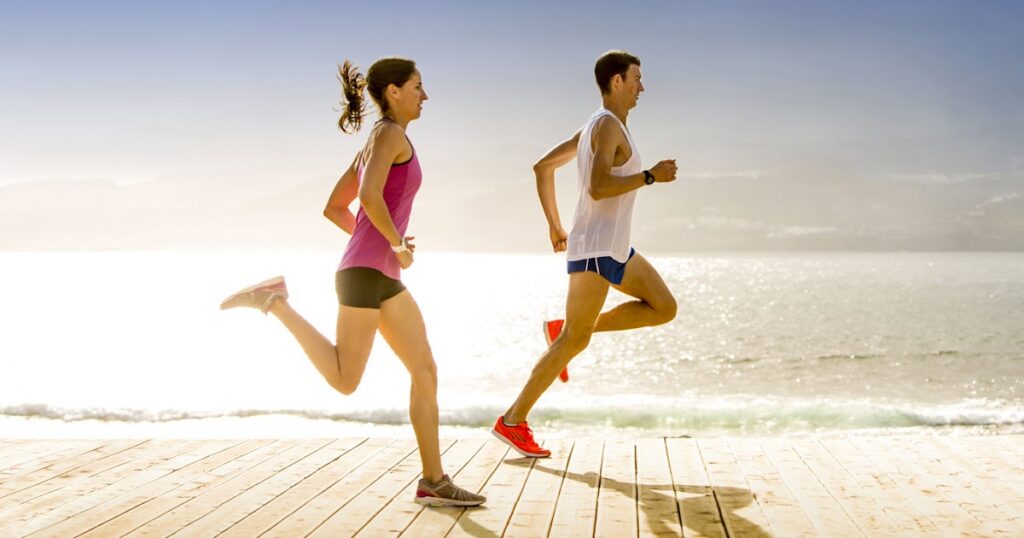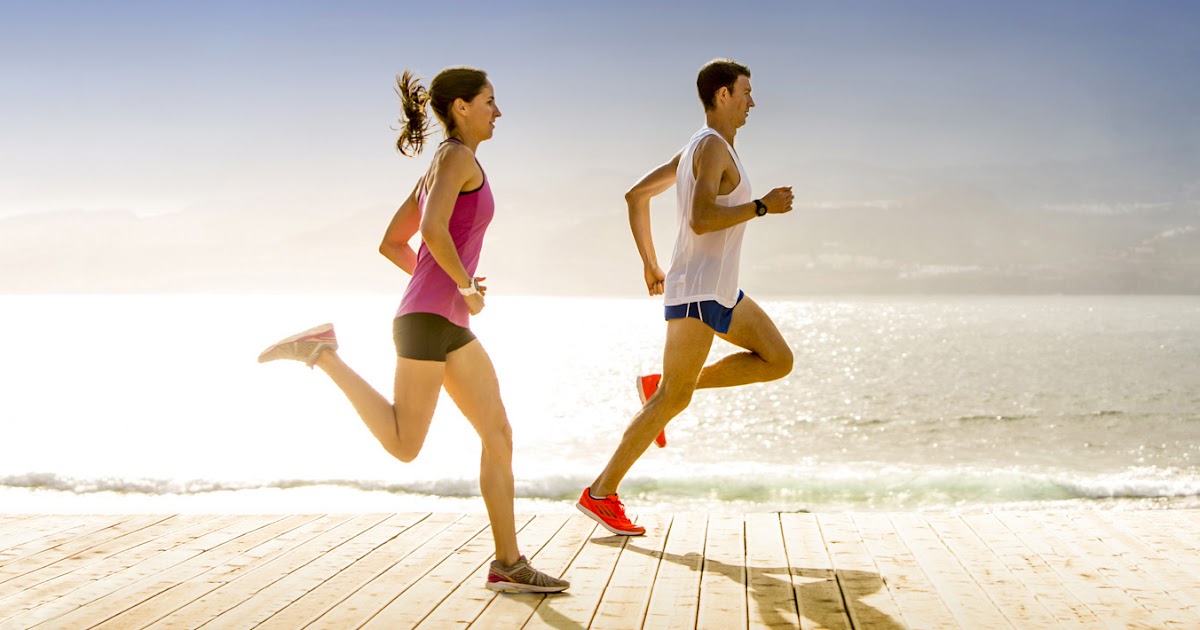Running can be demanding for older individuals due to the pain and swelling usually associated with the activity. Being an orthopedic surgeon myself, I have observed the benefits to joints and also have seen several individuals with hip & knee issues.

Following my very first marathon I began studying runners while taking a break from my orthopedic hospital job. I’ve discovered much more about the advantages of running on the knees, hips and spinal column in middle age through doing 1,000 MRI scans of the bones of normal exercisers (runners & cyclists) along with inactive individuals.
I was astonished at the end result, particularly the knee study. High resolution MRI scans revealed that nearly all 115 marathoners had knee issues before starting their marathon training. Half of these aberrations had previously required keyhole surgery.
However regardless of the knee issues they were able to run the marathon. In addition, MRI scans taken following the marathon found no joint degeneration. This fundamentally changes how we advise prospective runners with an abnormality on a knee MRI scan.

Strangely enough, we also discovered that several runners had considerably better bones following the marathon. On MRI scans immediately after the marathon, signs of pre-arthritis which would usually be discovered in the bone marrow of ten volunteers vanished.
We frequently think about physical exercise to be detrimental to joints and could cause osteoarthritis later on. Nevertheless sedentary lifestyle makes osteoarthritis much more prevalent among individuals over fifty. With more joint usage, the bone and muscle surrounding the joint get stronger.
Research indicates that healthy bones require exercise and physical stresses on the skeleton like jogging or walking. Both extended bed rest and weightlessness in extraterrestrial space decrease bone density and strength and cause osteoporosis and complete osteoporosis.
Cells are continuously building and breaking down our bones, that is the reason they’re living structures. Mechanical force must be applied to stimulate bone building cells and inhibit bone-removing cells.
Two old gentlemen run beside a stream.
Running induces bone growth. Sports Stock Photos from Shutterstock.
Sarcopenia, a muscle wasting condition, could also be because of inactivity and affect joint movement and flexibility. Diminished muscle activity because of inactivity or even sarcopenia leads to a reduction of anti-inflammatory myokines production in the groups of muscles.

During exercise, these substances are discharged from the body which decrease joint inflammation and soothe irritated joints. This is particularly true for runners, who function many of the main muscles of the body including the quadriceps, glutes and hamstrings.
Interaction of our cartilage surfaces during exercise is among many benefits of exercise. This enables us to move around easily and also makes sure that even pressure is applied to the joint.
Activities like resistance bands or reformer pilates can build muscle, which helps the cartilage in our major joints function better.
From where should we begin?
In general, the treatment of our joints must include a balance of exercises including muscle resistance work, high impact bone activity, and low impact moves for stabilised bones.
The primary tip is to begin running slowly in case you can afford to run quickly. To do this could lower your injury risk.
The NHS Couch to 5K running plan is a good way to begin running slowly in middle age. The guide is free and can help you to run 5km in nine weeks. It’s also designed for everyone – even total beginners.
The programme involves running 3 times per week, getting a rest day every day and following a unique routine throughout the nine weeks. It mixes walking and jogging to develop fitness and stamina. This will keep you from giving in and overdoing it.
Running may sometimes harm our joints. This is typically because of an earlier damage, like a fractured bone which extends in to the joint and leaves an uneven surface of cartilage.

An additional instance is a ruptured ligament resulting in instability at the joint. An unstable joint might harm or move the cartilage in an abnormal way. A dysfunctional muscles near the joint can also make the joint unstable.
In case you’ve had any of these issues, be cautious while exercising to stay away from additional aggravation of the damage. Get a professional opinion for the right exercise plan.
Running might benefit bones and muscles by keeping health, and might even decrease the risk of osteoarthritis. Start slowly.
